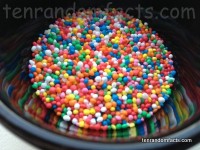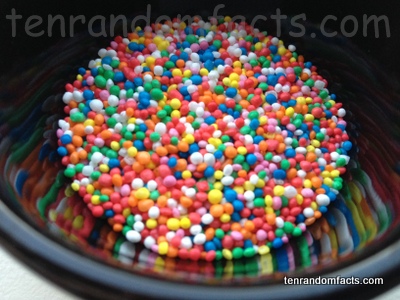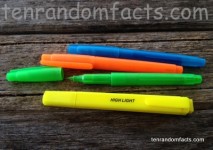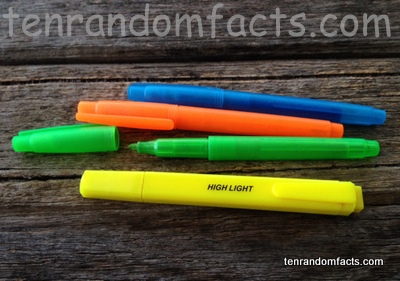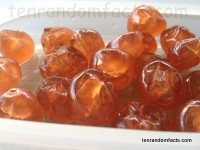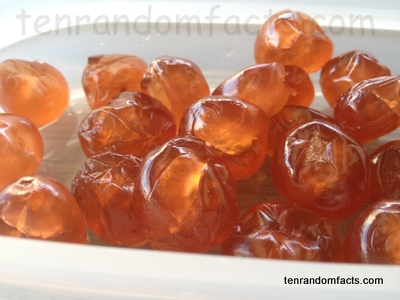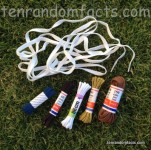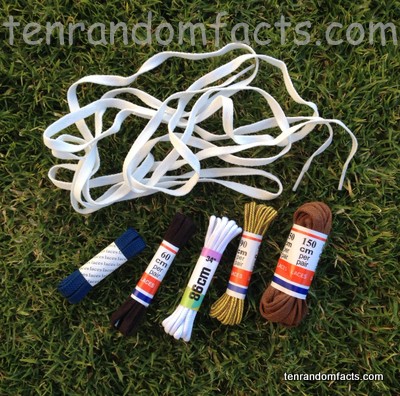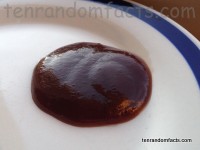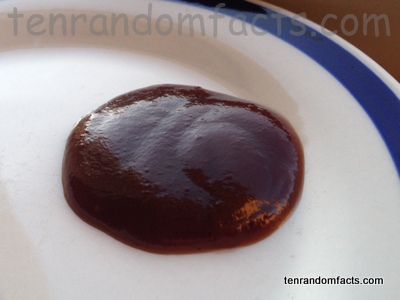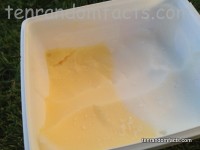
Sorbet is a simple but exquisite dessert.
- Sorbet is a culinary dish often made and eaten as a dessert, and it is commonly used as a palate cleanser between courses, particularly in France.
- Sorbet is typically made of sugar, ice and a flavouring, such as juice or puréed fruit or vegetables, or alcohol.
- ‘Sorbet’ is also known as ‘sherbet’, although the two are notably different desserts, with the latter usually containing dairy.
- The origin of sorbet is uncertain, however it likely originated from a cold dessert made from snow that Ancient Romans consumed in the first century, or a similar dessert from Asia.
- Sorbet is often used as a low-fat and dairy-free replacement to ice-cream.
- ‘Sorbet’ is possibly influenced by the term ‘sorbire’ or ‘sorbere’, meaning to ‘eat and drink simultaneously’ in either Italian or Latin respectively, and likely comes from the Turkish word ‘serbet’.
- Sorbet, although often sweet, can be piquant, and flavours like tomato, celery, beetroot, pea, and capsicum are not uncommon.
- Sorbet has a fairly smooth, icy texture, that easily melts in your mouth.
- Sorbet comes in a variety of colours, that usually reflects the flavouring ingredient that has been used.
- Depending on the main flavouring ingredients, sorbet can contain significant to low quantities of carbohydrates, and very few or many vitamins and minerals.
Bibliography:
Sorbet History, 2009, Sorbet.com, http://www.sorbet.com/sorbethistory.html
Sorbet, 2010, ifood.tv, http://www.ifood.tv/network/sorbet
Sorbet, 2014, Wikipedia, http://en.wikipedia.org/wiki/Sorbet






